Niobium Carbide Sputtering Target Description
Niobium Carbide (NbC) sputtering target, available from TFM, is a carbide ceramic material known for its hardness and thermal conductivity. The compound consists of niobium and carbon, forming a robust material used in various industrial applications. NbC sputtering targets are widely used in thin film deposition processes, which are critical in creating durable and high-performance coatings across a range of sectors, including electronics, aerospace, and tools manufacturing.
Niobium is a silver-colored metal typically found alongside tantalum. These two elements are often separated through the process of fractional crystallization of their respective fluoro-complexes. Niobium is relatively abundant in the Earth’s crust, present at about 20 parts per million (ppm). As a pure metal, niobium is highly reactive and forms a stable oxide layer when exposed to air, which significantly enhances its corrosion resistance. Additionally, niobium reacts with various non-metals, especially at elevated temperatures, making it a versatile material in various applications, including alloy production and electronics.
Related Product: Niobium Sputtering Target
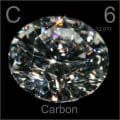 Carbon is a chemical element with the symbol “C” and atomic number 6, originating from the Latin word ‘carbo’, meaning charcoal. It has been utilized since as early as 3750 BC, with its use traced back to ancient Egyptians and Sumerians. Carbon is a nonmetal that is essential to all known life forms and is found in abundance in the Earth’s crust. It resides in Period 2 and Group 14 of the periodic table, within the p-block. The relative atomic mass of carbon is 12.0107(8) Dalton, with the number in parentheses indicating the uncertainty in this measurement.
Carbon is a chemical element with the symbol “C” and atomic number 6, originating from the Latin word ‘carbo’, meaning charcoal. It has been utilized since as early as 3750 BC, with its use traced back to ancient Egyptians and Sumerians. Carbon is a nonmetal that is essential to all known life forms and is found in abundance in the Earth’s crust. It resides in Period 2 and Group 14 of the periodic table, within the p-block. The relative atomic mass of carbon is 12.0107(8) Dalton, with the number in parentheses indicating the uncertainty in this measurement.
Niobium Carbide Sputtering Target Specification
| Compound Formula | NbC |
| Molecular Weight | 104.92 |
| Appearance | Gray |
| Melting Point | 3,490° C |
| Boiling Point | N/A |
| Density | 7.82 g/cm3 |
Niobium Carbide Sputtering Target Application
The niobium carbide sputtering target is primarily used in thin film deposition, offering advanced coatings for a variety of applications. This includes decorative finishes, semiconductor devices, displays, LEDs, and photovoltaic systems. It also serves a vital role in functional coatings for optical information storage, glass coating industries such as automotive and architectural glass, and optical communication technologies. The material’s properties make it suitable for creating durable, high-performance coatings in these sectors.
Niobium Carbide Sputtering Target Packaging
Our niobium carbide sputtering target is meticulously tagged and labeled on the outside to ensure easy identification and maintain stringent quality control standards. We take extensive precautions in packaging and handling to prevent any damage during storage or transportation, ensuring that the product arrives in perfect condition.
Get Contact
TFM offers Niobium Carbide Sputtering Targets in various forms, purities, sizes, and prices. We specialize in high-purity thin film deposition materials with optimal density and minimal grain sizes, which are ideal for semiconductor, CVD, and PVD applications in display and optics. Contact Us for current pricing on sputtering targets and other deposition materials that are not listed.

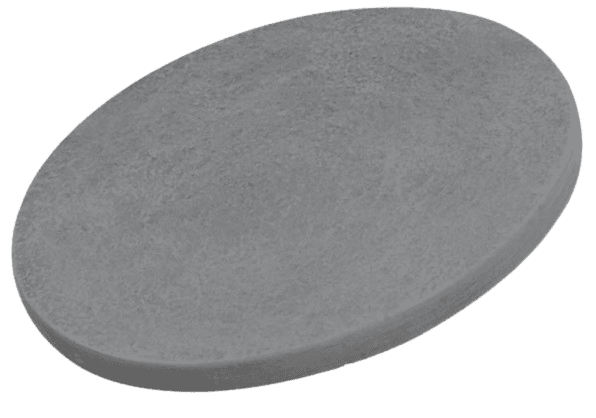
 MSDS File
MSDS File
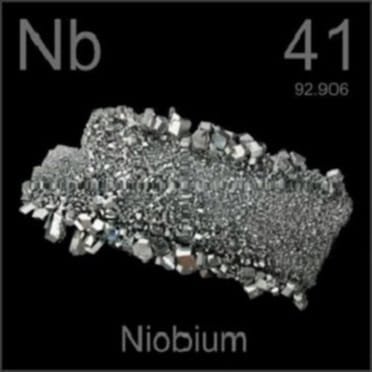
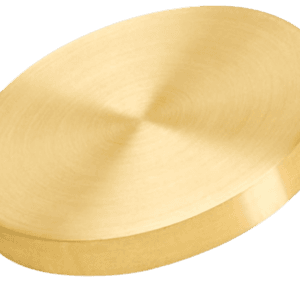
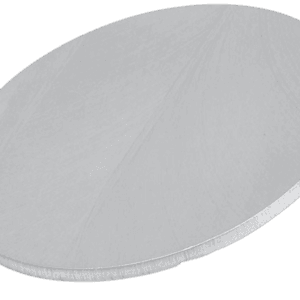
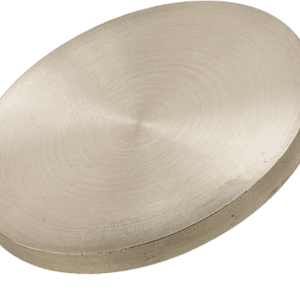
Reviews
There are no reviews yet.